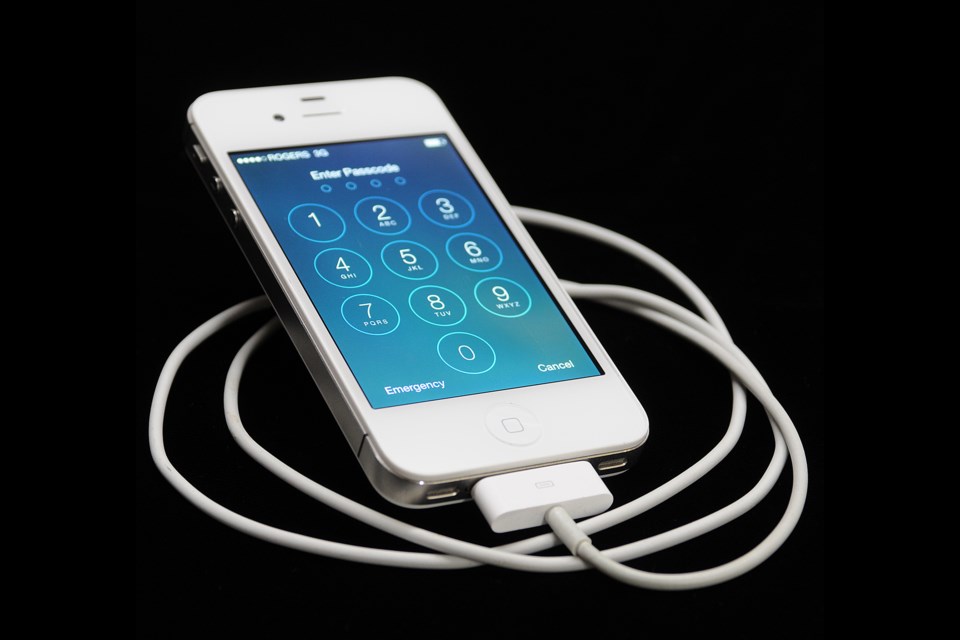When I became an adult, got a job and my own place, I noticed that suddenly I had a lot of keys: for home, the car, storage locker, bike lock, the office. Keys were the symbol of a busy, grownup life.
Within the last few years as high tech devices have multiplied, I’ve noticed I have a lot of chargers: for laptops, phone, tablets, my Kobo. Chargers are the symbol of a connected grownup life.
They’re also a pain. You never have a charger around when you need one, and your phone or tablet loses power just when you need it the most. Fortunately, there are a few things you can do to make your phone or tablet run longer on a charge.
Power down
Your phone communicates with the world by using on-board radios, but you seldom need all of them running at once. Unless you are using a mapping app or want the world to know exactly where you are when you post to Facebook, turn off the GPS or “location services” as it’s often called. (On the iPhone, it’s found under the Privacy setting.) Location is useful for apps like Yelp, so remember to turn it on again when you need it. You can also individually disable location services for specific apps.
Unless you’re one of those guys with one of those stupid-looking earpieces, turn the Bluetooth radio off. Most people don’t even know this radio is running because most people never use it. But it’s sucking up energy (and is coincidentally a security risk for hackers). Again, you can turn it on when you need it through the settings menu.
Finally, turn off the Wi-Fi receiver when you’re away from home or a fixed Wi-Fi source. On the road your phone will default to your carrier’s signal, and the Wi-Fi radio will use up power scanning for new Wi-Fi transmissions. But when you come across a Wi-Fi signal you trust, or are back at home, turn it on. It’s more efficient than the carrier signal.
One of the biggest uses of power on your device is the screen. Turn off auto brightness and choose a lower brightness level. Limit screen time as much as possible.
Darker wallpapers and background menus on your device screen are also said to use up less power than bright ones.
Always remember: The more you use your phone and the more ways you use it, the more power it uses.
Taking pictures, especially with the flash, will drain your device quickly. So will long voice calls to your peeps. So, too, will apps like Facebook and Twitter if they’re enabled to push notifications non-stop.
Apps can sometimes be the source of mystery power drains. Often it’s because of a bug or an update that went awry. If you suspect an app of being an energy hog, turn it off or reinstall it and see if that fixes the drain. “Free” apps that bombard you with ads are also big power eaters because of all those ads pushed to your phone. Get the paid version of the app to save energy and sanity.
Power up
Before charging your device, turn it off first. (Confession: I didn’t know this until I researched this column.) Avoid charging it to 100 per cent (ditto) and don’t leave it plugged in once it’s charged. Batteries are cranky and complicated and apparently prefer an uncomplicated recharge to somewhere between 40 and 80 per cent, according to Lifehacker and other online sources like Battery University.
In fact, they should stay charged in that range, which is hard for people on the go without convenient access to a power outlet. I routinely charge my phone overnight because I want it at full power when I begin my busy day. It’s a hard habit to break.
Drain your device once a month. This has something to do with resetting how the battery keeps track of available power and will help increase battery longevity. I set aside one Saturday a month to discharge my devices. It goes with Saturday cleaning and chores — just another part of being grown up.



